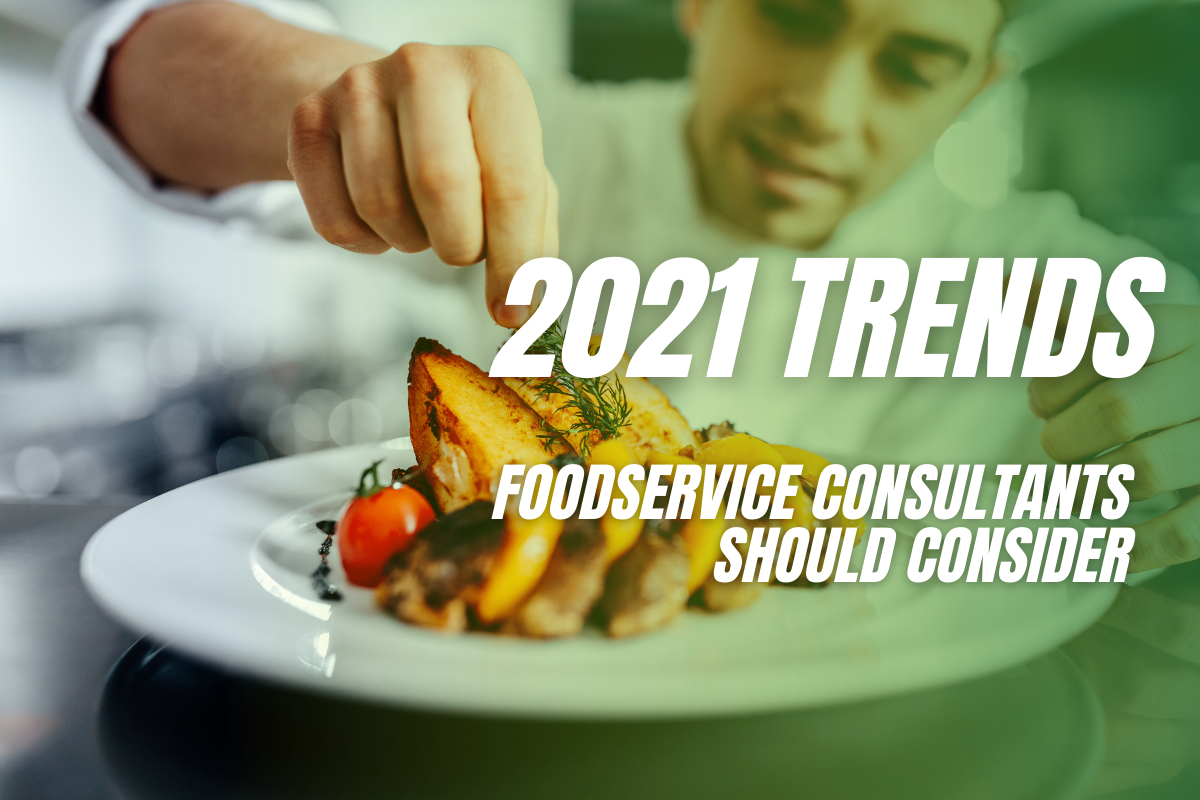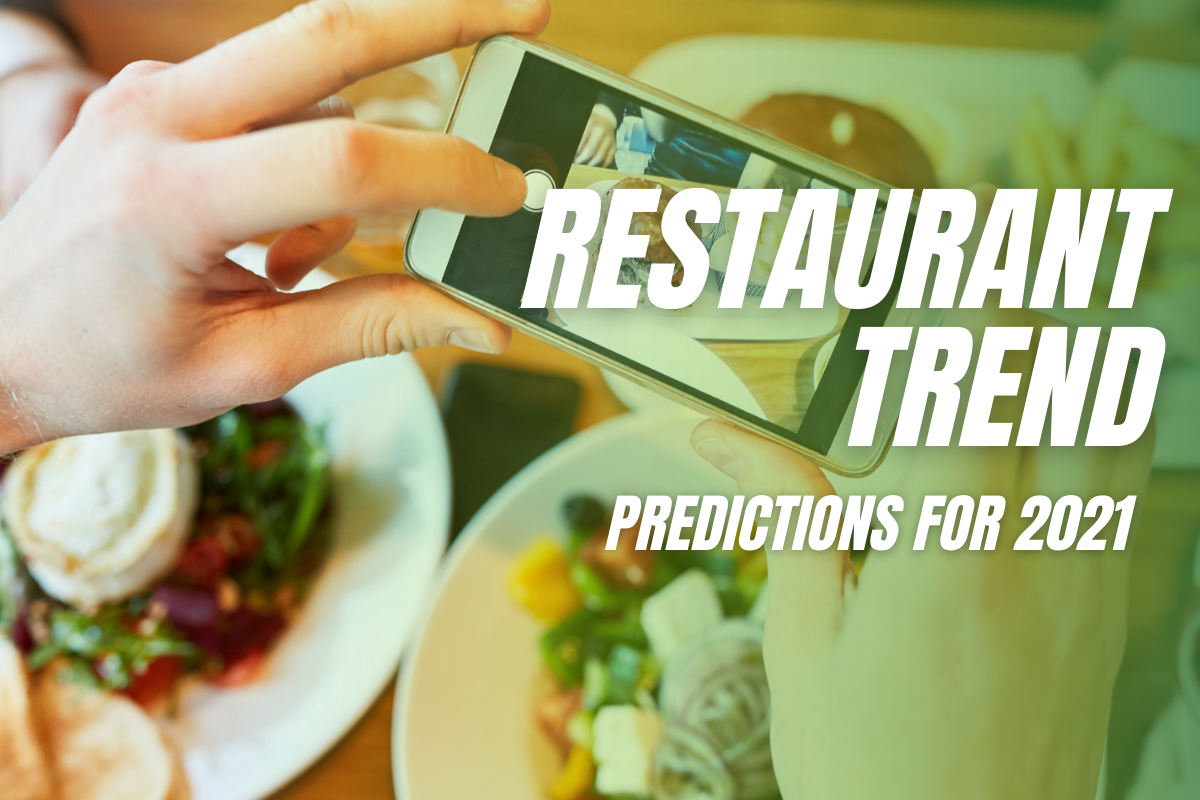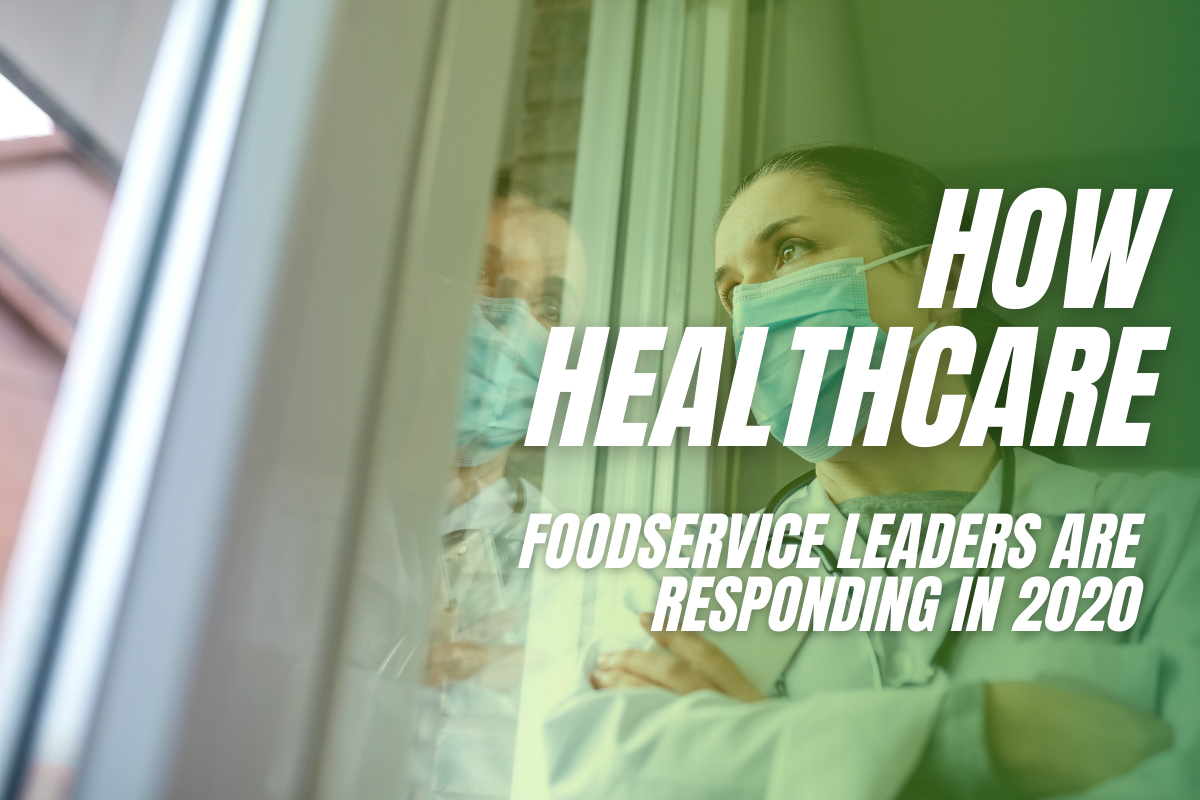
Sustainable consumption and healthy eating, along with climate change, are significantly influencing consumer choices.
More than ever before, people want to know the source of their food, how healthy are its contents, and whether it has been produced, processed, packaged and distributed in a sustainable fashion.
This article from Foodservice Consultants Society International (FCSI) quotes a report by the research firm Datassential indicating the climate crisis and a new generation of plant-based foods will impact our industry in 2020, and these are all trends that foodservice consultants should know.
Sustainable Food
The relevant questions for sustainable food are how much land is required, how much water are we using, and are we using too much energy in the production and processing of our food supplies?
Tastewise, a company that brings the power of AI to analyzing food trends, studied over two billion social interactions, more than three million online recipes, and the largest restaurant menu database available of 274,000 restaurants to conclude that, compared to a year ago, food sustainability is a high priority item for 23 percent more consumers.
Customers are now placing greater emphasis on sustainable ingredients and resource-light production techniques like hydroponics, recyclable packaging, and the avoidance of plastic. Another notable fact is the emergence of vegetarianism and veganism as mainstream trends.
Clara Ming Pi of FCSI says, "I am very pleased to say that, finally, the plant-based movement is here!" The adoption of plant-based foods has another motivation driving it: health consciousness.
Healthier Food Choices
It turns out that a meat-based diet is not only resource-intensive but also a contributing factor to health issues like cancer.
"Our food supplies contribute to one-third of greenhouse gas emissions, and the foods that create the most greenhouse gases are the same foods that are contributing to many of our chronic diseases," Pi said.
Thirty-nine percent of consumers' conversations about sustainable food also include references to the health benefits of various food choices. Another relevant statistic is that the sale of plant-based food in the U.S. has increased by 8.1 percent over the last year.
"We see more healthy, sustainable and plant-based dining that tastes appetizing to a wider demographic than ever before," said Melanie Corey-Ferrini, CEO of 3.14DC Design and Consulting, an FCSI associate.
Technology and the Food Chain
The food industry needs to cope with shifts in consumers' preferences. Advances in technology enable production techniques like hydroponics. Technological advances also help the industry cope with the recent trend towards catering and takeout. Restaurant layout, kitchen design, and staff skills have to change to adapt to this emerging trend.
"Think smart equipment, mobile technology like order/pay apps, and robots for foodservice tasks including delivery,” said Connie Dickson, a principal with FCSI associate member.
Taste Trends
FSCI reports the following shifts in U.S. consumers' taste preferences:
- Trending regional flavors: Mediterranean, Middle Eastern, and Latin American.
- Foreign foods in demand: Mexican Puebla Hot Pot (a chicken dish), Greek Manouri (a goat cheese), Indian Millet (an ancient grain), Tanzanian Mishkaki (marinated meat skewers), and Chinese Jianbing (street-food breakfast crepe)
- Growing restaurant concepts: Chef-driven fast-casual, Farm-to-table, and Family-friendly
- Emerging restaurant concepts: Dog-friendly, Upcycling, and Hyper-local




